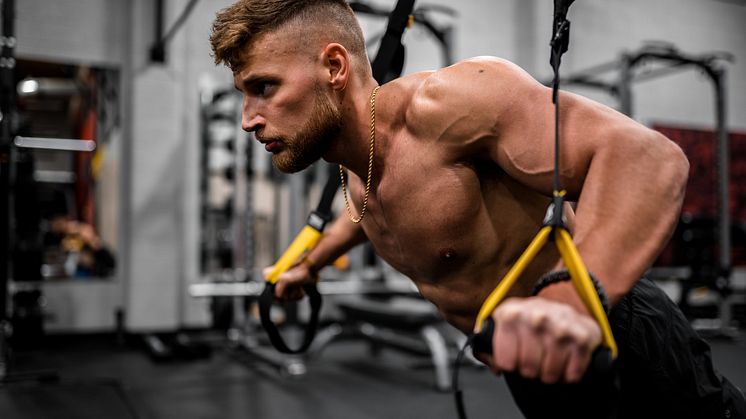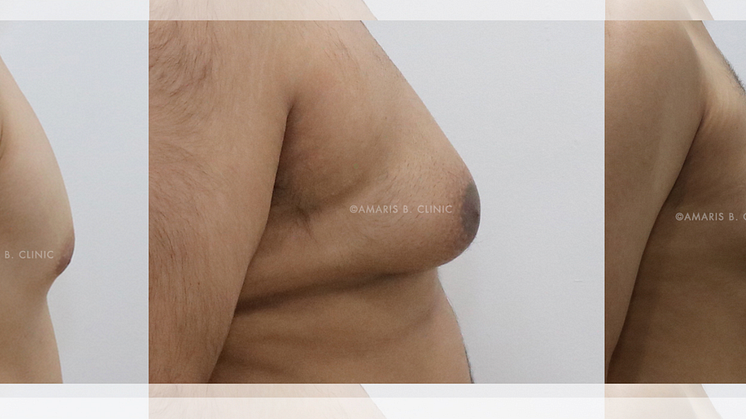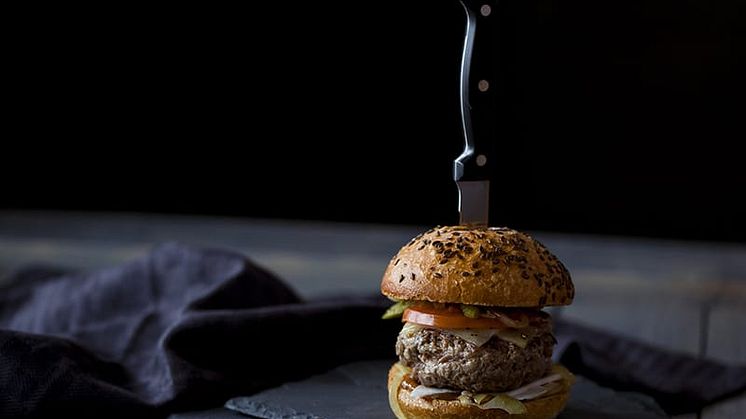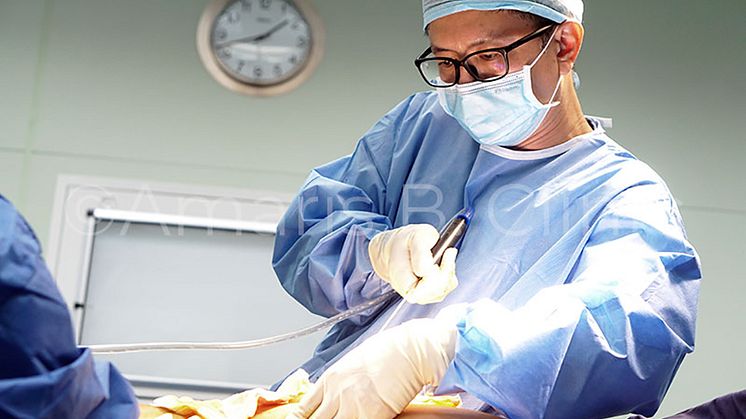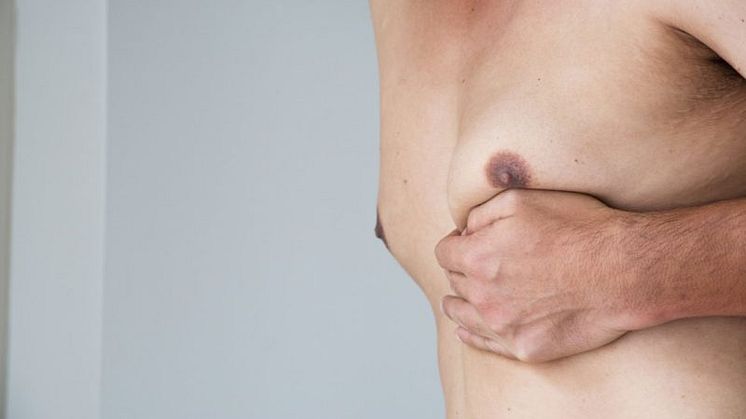
Blog post -
All you need to know about gynecomastia
Gynecomastia – often referred to as ‘man boobs’ – is more common than you may think. Research from the New England Journal of Medicine has shown that it affects almost 70 percent of adolescent boys, and 65 percent of middle-aged and older men. We spoke to the team at Amaris B. Clinic to delve into all you need to know about the medical condition, including causes, symptoms and treatments.
What is it?
Gynecomastia refers to the medical condition where male breast tissues increase in size. Those suffering from gynecomastia have excess glandular tissue present, often as a result of hormonal imbalance.
Common causes
Hormonal imbalance is one big factor. In short, testosterone controls male traits such as muscle mass and body hair, while oestrogen is responsible for female traits, including the growth of breasts. A common misconception is that oestrogen is an exclusively female hormone, but in fact, men also produce it in small quantities. When male oestrogen levels are too high, gynecomastia can occur.
While gynecomastia is naturally prominent during puberty due to changes in hormone levels, it can also be an indication of serious medical conditions such as testicular cancer. For most cases in Singapore, the swollen breast tissue tends to go away without treatment within six months to two years. As for older men, the condition can peak again between the ages of 50 and 69; at least one out of four men in this age group is affected! Hormonal fluctuations as a result of health issues like kidney failure, liver problems and malnutrition, can also lead to gynecomastia.
How to check
Use your fingertips to feel for firm, rubbery lumps in your breasts directly beneath the nipple area. It can develop in one or both breasts. The size of the lump varies and it may not be the same in both breasts. The swelling of the glandular breast tissue may result in soreness – especially when you press on the skin. If the pain or discomfort is significant, make an appointment with your doctor as soon as possible!
The solution
It is almost impossible to get rid of gynecomastia by simply working out or dieting. Breast tissue is firmer and denser than fat tissue, and does not respond to diet changes or exercise. While there are medications that treat hormonal imbalance, they do not get rid of the man boob effect.
The 4D Chest Remodelling treatment at Amaris B. Clinic aims to remove the excess tissue while reshaping and tightening the chest area. First, the doctor performs glandular tissue excision and liposuction to completely remove the enlarged glandular tissue and excess fat. After that, the loose skin is tightened, the area sculpted, and nipple size reduced, if required.
The surgery is performed within two hours under local anaesthesia. You can return home right after and continue with your daily activities after two to three days. The area may feel sore after the surgery but most patients are able to manage the discomfort level. For the next four to six weeks, patients should use a compression garment and avoid intense exercise such as heavy lifting and bench presses, as well as water activities.
Who to go to?
If you’ve decided to get gynecomastia surgery, research your options and look for experienced doctors licensed by the Ministry of Health (MOH) Singapore to perform liposuction procedures. One of those is our medical director Dr Ivan Puah, who has received training in advanced body sculpting treatments like Vaser Liposuction, Laserlipolysis (Laser Liposuction), fat grafting and gynecomastia surgery.


